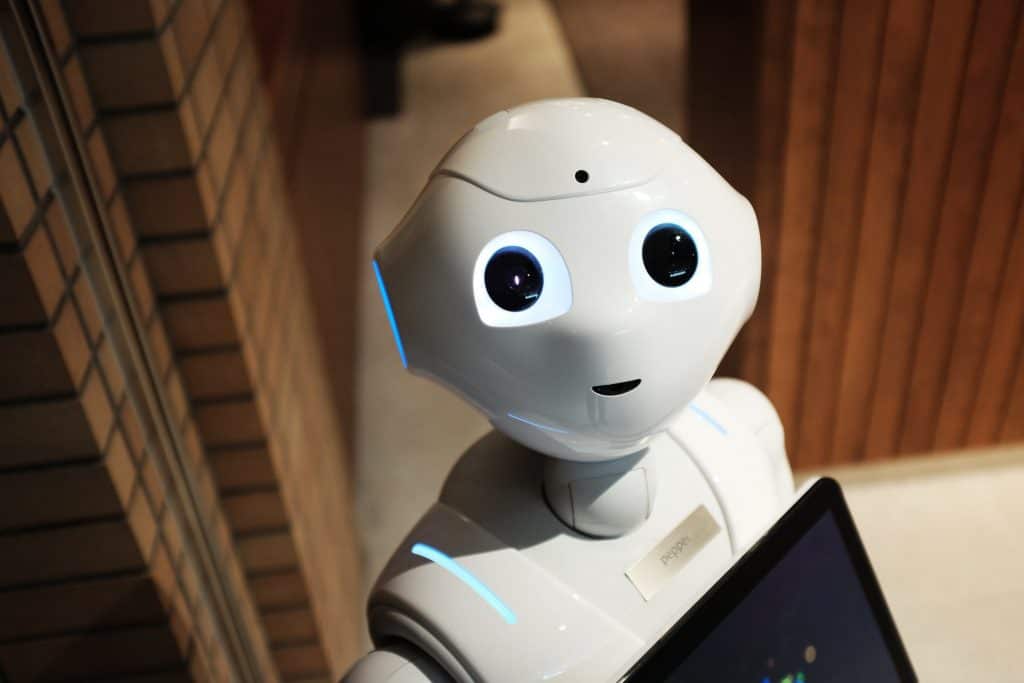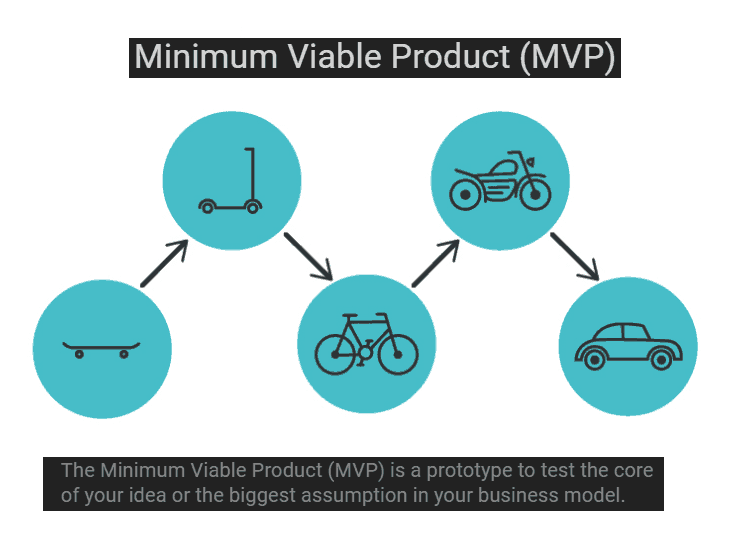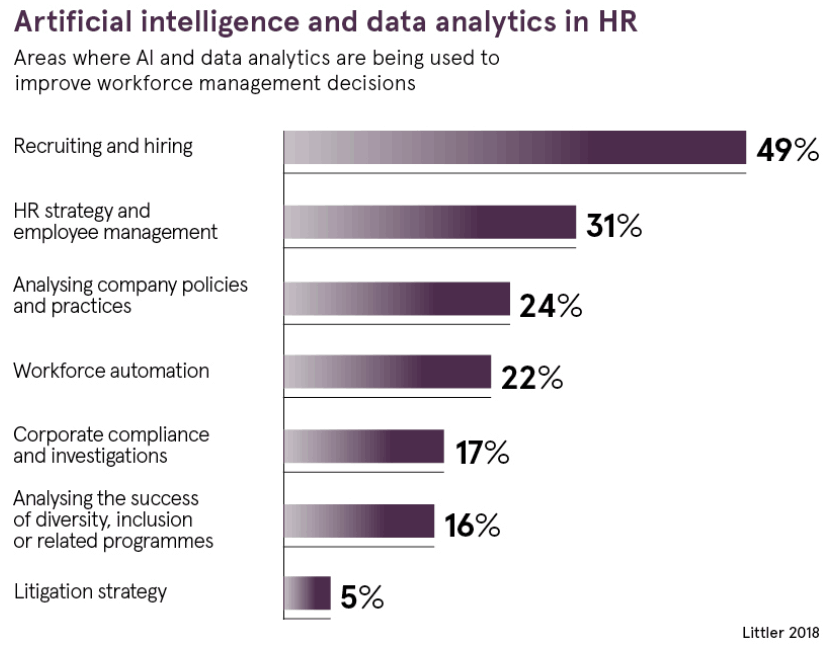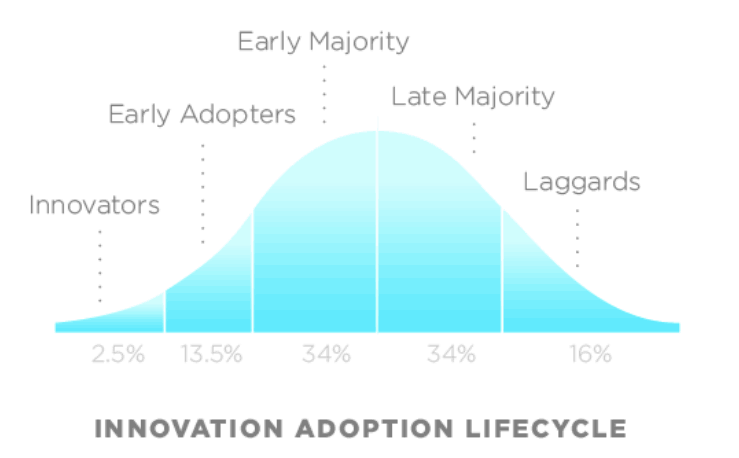A.I. Driven HR
Summary: How to apply artificial intelligence in HR. This article shows HR professionals in organizations how to change the culture so that employees are more adaptive to technological change, while also implementing and adopting AI in the HR department itself.
Part 1: What is A.I.
Part 2: Creating Momentum to Adopt A.I. in Organizations
Part 3: A.I. Alignment in H.R.
Explain A.I. like this to your employees and they will be more receptive to change.
What is A.I.?
Artificial intelligence (A.I.) is computer code that finds patterns in life.
You actually help build A.I. in your day-to-day life. Every time you use a CAPTCHA, you help make Google’s A.I. stronger.
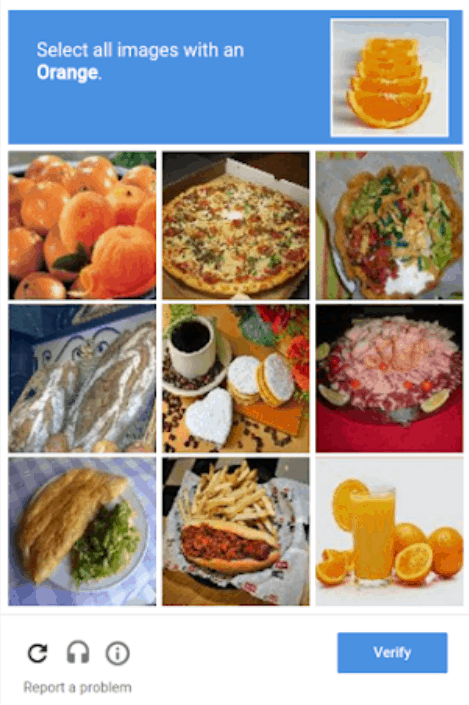
Are you human? Help us identify these 9 pictures
With this simple question, Google verifies that you are a human. It then cross-verifies your answer with answers given by hundreds of other people across the globe.
In the case of an orange, maybe it doesn’t matter in the grand scheme of things.
But in the case of a street sign, or a business store front it does.
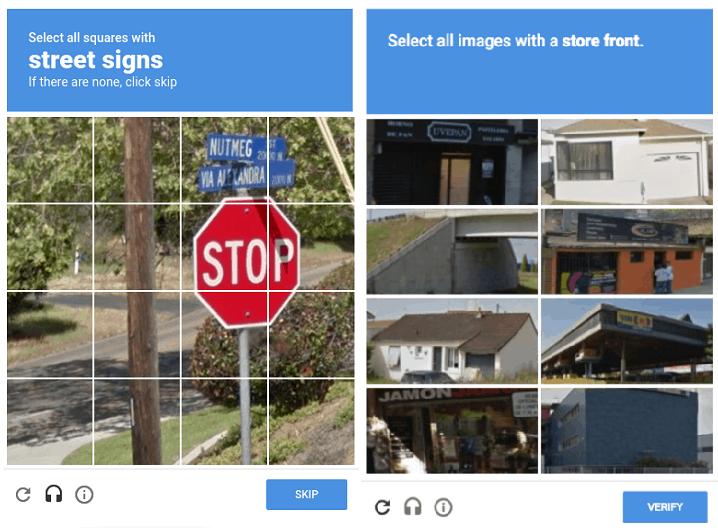
Hurrah for progress! Through crowdsourcing it means the world got a little bit more organized and efficient. In practical terms it means that someone didn’t have to get lost today.
Fears Around A.I. Adoption
Nobody wants to be replaced by machines.
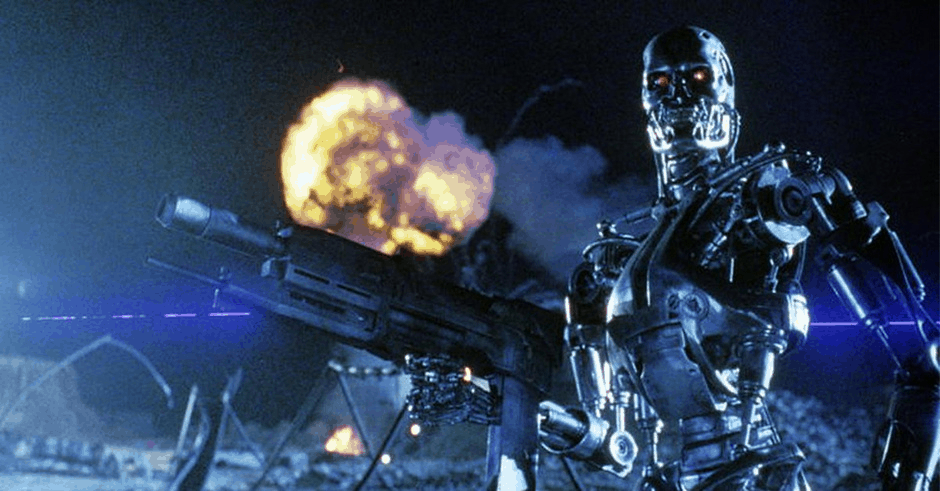
The reality is far from Hollywood. (Technologically, in 2019 we’re far from a Skynet-Terminator-robot-army happening). The day-to-day job of a data science team is way less frightening.
Who are the nerds that build A.I.?
-Engineers that work with databases
-Data scientists working with business-intelligence and big-data
-Financial analysts
-Mathematics PhD’s
-Cloud computing architects

The people building A.I. try to quantify the world using mathematical modeling. They apply mathematical theory to large sets of data and try to find correlations between variables, essentially turning chaos into order.
[At the time of this writing, “big-data analysts,” “cloud computing engineers,” and “data scientists” are the most in demand jobs in the United States].
Tools in an Artificial Intelligence Developer’s Toolbox
Here are some of the tools used to build A.I. and M.L. (machine learning).
Data-warehousing tools like Excel and R are used to store the data. Data-visualization tools like Tableau are used to report the data and put into charts. It helps to know SQL, a database language, so you can pull the files directly from the database mainframe. The goal is to find a correlation between two random variables, one of which is tied to profit.
Questions You’re Likely to Get From your Employees
Let’s explore some common concerns you’re likely to see from hesitant employees.
“Will the robots take our jobs?”
“The answer is ‘no’ as long as we can reskill ourselves for the future.” -Digital HR Tech
“Will I be out of work?”
“75 million current jobs will be displaced as artificial intelligence takes over more routine aspects of work. However, 133 million new jobs will be created, and skills in both emotional intelligence and technical intelligence, like technology design and programming, will be important.” -Future of Jobs Report from the World Economic Forum
“Are my skills needed in the next 5 years?”
That depends. Take a look at this chart and see if your profession was listed “Jobs at risk”. It may be wise to seize the moment and learn some invaluable skills in the left column: “Skills for Future.”
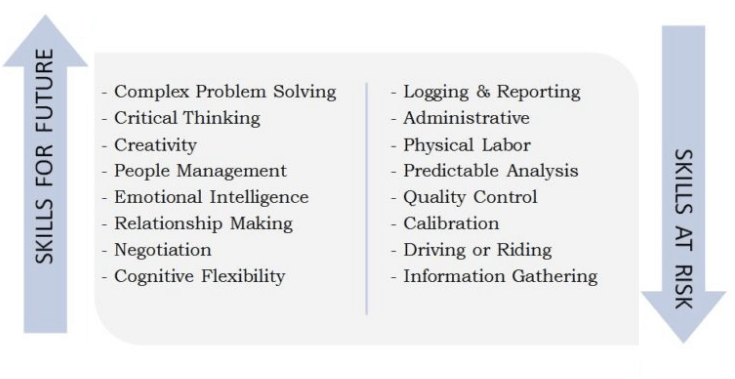
“What tasks will be automated first?”
Repetitive tasks that can be quantified and systematized are first on the chopping block.
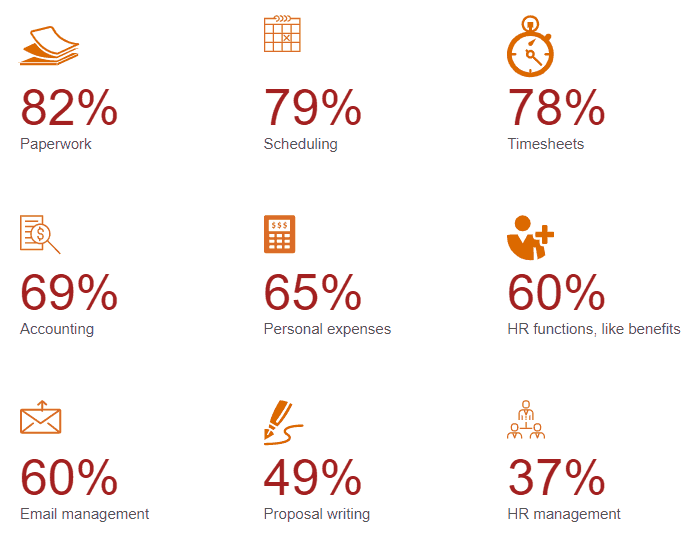
PwC finds that A.I. will show the most promise in the automation of repetitive tasks. [#]
“What industries have the most A.I. already?”
Industries like agriculture, construction, city planning, financial analysis, stock trading, and insurance are already on the bandwagon.
Here are some more industries where we’re likely to see change: 1) tutoring, 2) travel agents, 3) tax preparer, 4) office assistant. For the full list, see the chart below.
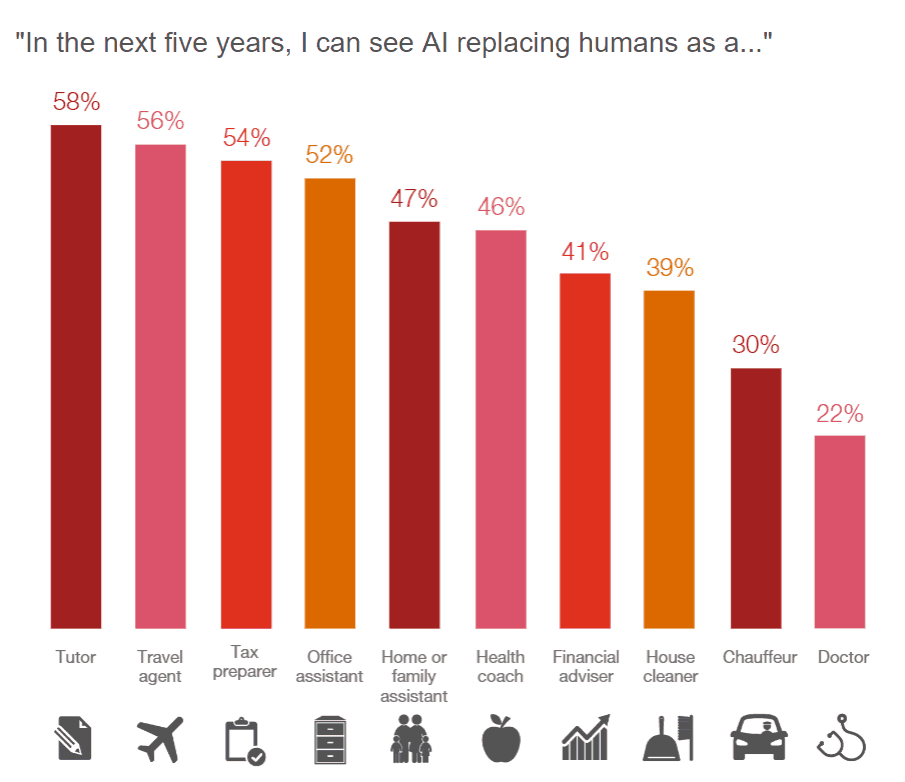
“How could a machine replace me?”
A relationship manager who prides herself on being attuned to customer needs may reject the notion that a machine could have better ideas about what customers want – and ignore the benefits of A.I.
As HR leaders we need to create momentum to adopt the technology. So far, robots are not used to automate jobs, rather to automate tasks. Robots augment human functions, which in turn increases productivity and performance.
Creating Momentum to Adopt A.I. in Organizations
“We want to move from a place of rigidity and risk-aversion to a place where organizations are open-minded and adaptable.” -Tammy Klein
For many organizations the first pilots of A.I. are in talent acquisition. We’re seeing better HR chatbots being built that enhance the candidate experience. The highest ROI for companies implementing AI solutions in HR seems to be acquisition.
For example, using A.I. DBS Bank was able to shorten screening time, improve job application completion rate, and respond to most candidate queries through chatbot.
A way to get A.I. started at your organization is to compile a list of Frequently Asked Questions. These FAQ’s can be used to create a chatbot tool, automating your query-response to new candidates.
A.I. HR Tools
If you were to search “HR AI solutions” or “HR AI software” you’d find a smorgasbord of tools. Here are some parts of the HR responsibilities that have seen the golden light of automation.
- Interviewing (myInterview)
- On-boarding (Talla)
- Coaching (Saberr)
- Employee Service Centers (ServiceNow)
- Record Management (Patientize)
When A.I. Shows Up At Your Doorstep
The animating force behind A.I. is “that which you measure, you can grow.”
The average A.I. rollout in a company is between one to five years; closer to four to five years if you want it done right.
When it shows up at your organization – if it hasn’t already – it will not have all the bells and whistles.
In fact, it will be quite ugly: an endless series of zip files, Excel files, and unstructured reports.
“When A.I. comes to your organization, it’s not going to have all the bells and whistles. It will be MVP.” -Kirk Francis, IMBI developer
Most Valuable Player
MVP stands for minimum-viable-product.
But here’s where A.I. could jump in and become your organization’s Most Valuable Player!
A.I. Alignment in HR
Toby Burton, head of the HR practice at executive recruitment firm Eton Bridge Partners, says: “I hear some people say HR directors don’t need data skills, just people around them that do. But I believe it’s all about the department they want to create. If they want to ‘own’ analytics, they need to take control of it and upskill themselves appropriately.”
Another problem? Bruton goes on to say: “HR departments tend to collect masses of data, but don’t seem able to do much with it. More technically-minded HR workers can apply technology to both the HR function and to learning and development applications.”
Which companies use A.I.?
| Calvin Klein
“Calvin Klein is employing interactive touch display and sales assistance applications developed by Creative Realities to support shoppers as they navigate the sophisticated denim category. Taking advantage of virtual sales assistants, visitors to the Herald Square flagship location can explore the brand, shop its offerings and learn more about CK’s wide range of denim merchandise. At the center, is the store’s 75-inch interactive Samsung touch display powered with customized content and software interfaces that promote unique user interactions.” -Calvin Klein Unveils Virtual Sales Assistant (#) Digital tailoring is to become one of the hottest new jobs of the next twenty years. Digital tailors use a variety of measuring tools powered by software to create made-to-measure clothing online. |
| Hilton
“Hilton is one company already on the journey using AI for HR. Sarah Smart, Vice President of Global Recruiting says,”By using artificial intelligence to source, screen and interview candidates, we have increased our speed to hire by 85%.” (#) |
| UPS
The company installed sensors on trucks and truck drivers, measuring things like drive speed, direction, braking, health of mechanical components, idle time, and even driver seatbelt use. Analysts used this data to eliminate left turns, reduce wasteful idling, and arrange for vehicle maintenance only when it was needed. In one year alone Deloitte reported that “an AI-based system helped UPS cut idling time by 15.4 million minutes and delivery routes by more than 1.7 million miles, saving nearly 200,000 gallons of fuel.” (#) |
| DBS Bank
“The DBS Talent Acquisition team created JIM (Jobs Intelligence Maestro), a virtual recruitment bot powered by artificial intelligence used to conduct candidate screening for those applying to be wealth planning managers, a high volume job in the consumer bank. May 2018, DBS talent acquisition was able to: 1) shorten the screening time from 32 minutes per candidate to 8 minutes per candidate, 2) improve completion rate of job application from 85% to 97% and 3) respond to 96% of all candidate queries through JIM” (#) |
Calculating ROI of AI in HR
A.I., as stated, has been used primarily in selection and recruiting.
A.I. allows for smarter compensation of workers. It can aggregate data and see what the market is paying for those skills. In large companies it can also assess how in demand those skills are, and whether it is better to reward strong performance in base pay or bonuses.
A.I. can make more fair hiring decisions, allowing organizations to operate above their learned biases in order to look at the objective value that an employee brings.
Other ROI metrics:
“Some of the metrics organizations could consider tracking include: headcount reduction, cost of attrition, promotion rates, influenced revenue, influenced expertise improvement, and skill depth.” – SHRM
Wrapping This Up
There’s an old Russian folk tale about modern technology – and I believe it.
“95% of our waking (and sleeping) lives, we are within arm’s distance of our phone. The other 5% we are taking a shower.”
Smartphones have changed the way we do business. With all this added connectivity comes a cost. The cost is our lack of privacy; our deepest darkest secrets are but a computer hack away.
One thing is for certain.
Technology will keep advancing forward. Whether we choose to keep up with it or not is up to us. We believe collaboration between human and machine is the winning formula.
We believe it comes down to setting the culture. It comes down to educating and preparing the HR department to absorb big data.
Bottom Line
The A.I. market is poised to reach $70 billion by 2020. Right now, the “early adopter” companies are making a land-grab using big-data, A.I. and M.L. Tools like IBM Watson, Siri, Alexa, Bixby already exist. They are serving the innovators and early adopters.
Can A.I. put the “human” back in Human Resources? Let us know in the comments below.
Resources:
- [Gartner]
- https://emtemp.gcom.cloud/ngw/globalassets/en/information-technology/documents/trends/ai-business-case-ebook.pdf
- [IBM] https://www.ibm.com/talent-management/ai-in-hr-business-case/
- [Klein HR Solutions] https://kleinhrsolutions.com/20-hr-trends-everyone-will-be-talking-about-in-2020/
- [PwC] http://pwcartificialintelligence.com/
- [Raconteur] https://www.raconteur.net/hr/new-hr-skills
- [Raconteur] https://www.raconteur.net/hr/ai-hr-human
- [Wikipedia] https://en.wikipedia.org/wiki/CAPTCHA#cite_note-4
Cute robot, cover photo by Alex Knight

